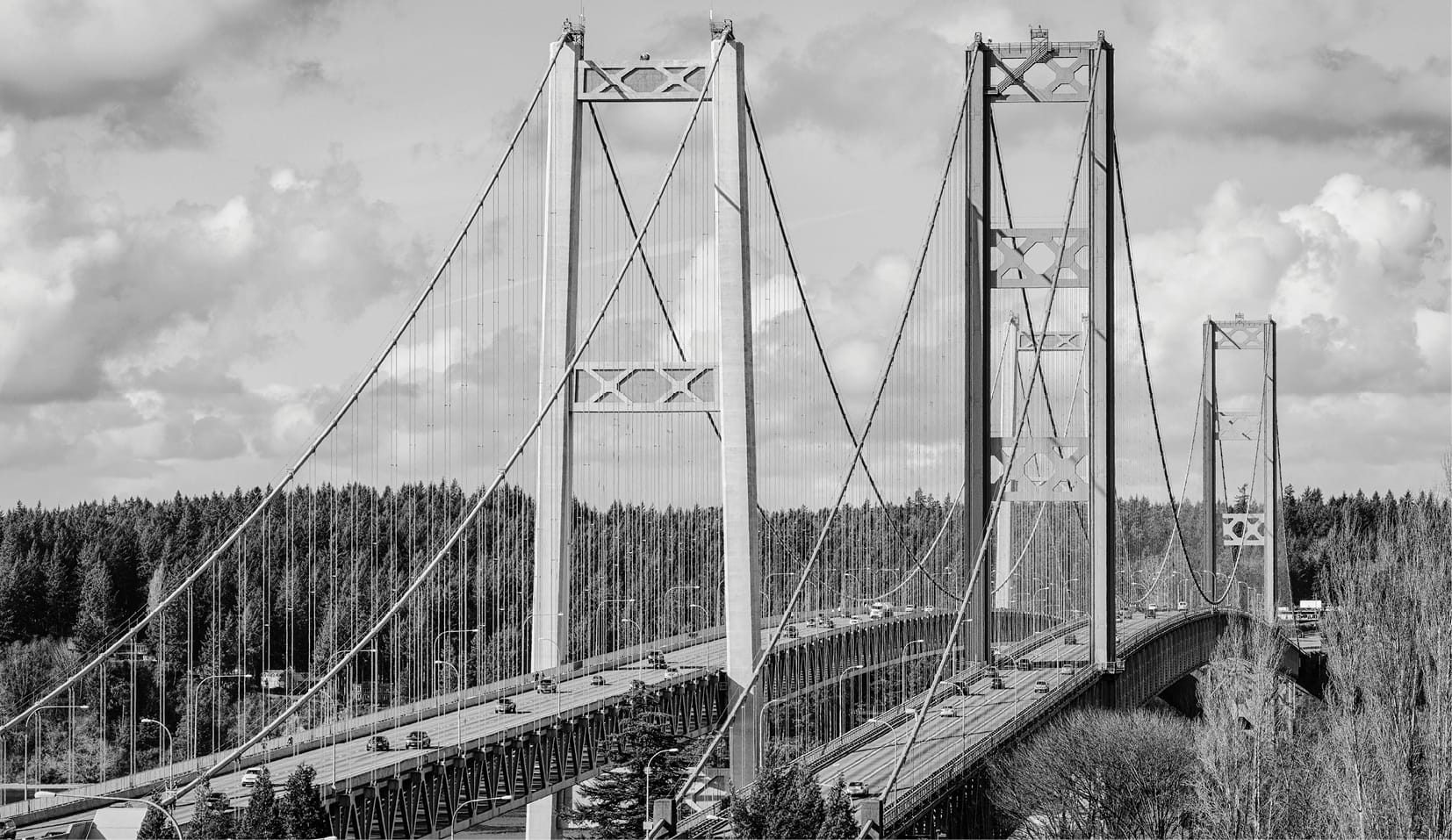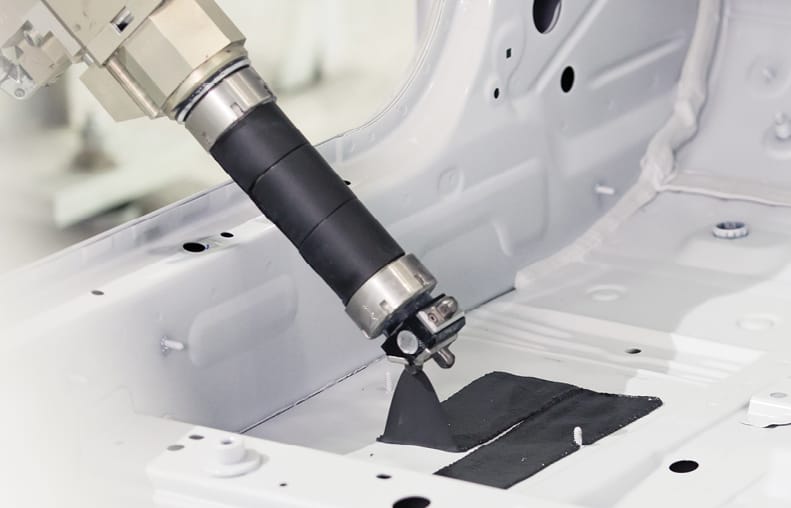2.2.4.2 Vibration
Figure 49 Vibration

Vibration is a mechanical phenomenon in which oscillations occur around an equilibrium point. Vibration can be desirable (loudspeaker cones are an example), but in many cases, it is undesirable and wastes energy, creates unwanted sound and causes mating faces to move against or away from one another. Vibration and shock increase the relative movement of parts and materials joined using most traditional methods, causing a loss of clamping force and, ultimately, machine or component failure. Vibration can severely impact the performance and durability of many joining methods. Repeated or continuous exposure can also weaken substrate materials, mainly where localised stresses and material deficiencies are present due to the selected joining method.
Extreme vibration and movement can highlight the harmonic resonance of a component or structure, as seen during the Tacoma Narrows Bridge incident. The Tacoma Narrows Bridge was built in Washington during the 1930s. It was designed to be the most flexible bridge ever constructed. While the design exceeded the calculated ratios of length, depth and width, the aerodynamic forces in play during strong winds were not considered.

On 7th November 1940, high winds buffeted the area and the bridge swayed considerably. Concrete dropped from the road surface during the first failure, and later, a 183 m (600 ft) section of the bridge broke free as the bridge was wildly tossed back and forth. At its peak, the elevation of one side of the bridge was 8.5 m (28 ft) above that of the other side. Despite using structural carbon steel for the bridge towers, the violent movement caused the bridge to collapse. Subsequent investigation and testing revealed that the bridge was vulnerable to vibrations generated by wind. When exposed to strong winds from a particular direction, the frequency oscillations built up to such an extent that collapse was inevitable.

Vibration must also be accounted for in assemblies with joined panels and significant gaps or voids between the mating surfaces. Noise and vibration are critical considerations in the automotive industry. Often door and body panels are fastened to each other and the chassis using structural methods such as welding, riveting or bonding. However, efficiency is a considerable driver in such industries, with great importance placed on weight saving. Therefore, lightweight materials are used to craft large surfaces from thin bodies of material, increasing the potential for movement, bowing and vibrating of large surface area panels. Car doors are a typical example where vibration causes unwanted noise and fatigue; filling the cavities and voids with sound and vibration dampening material helps overcome such issues.

